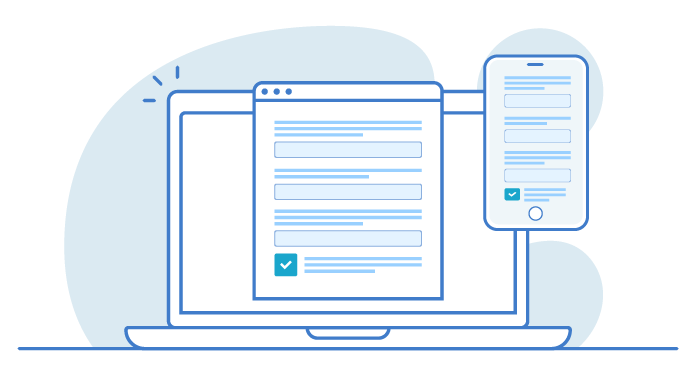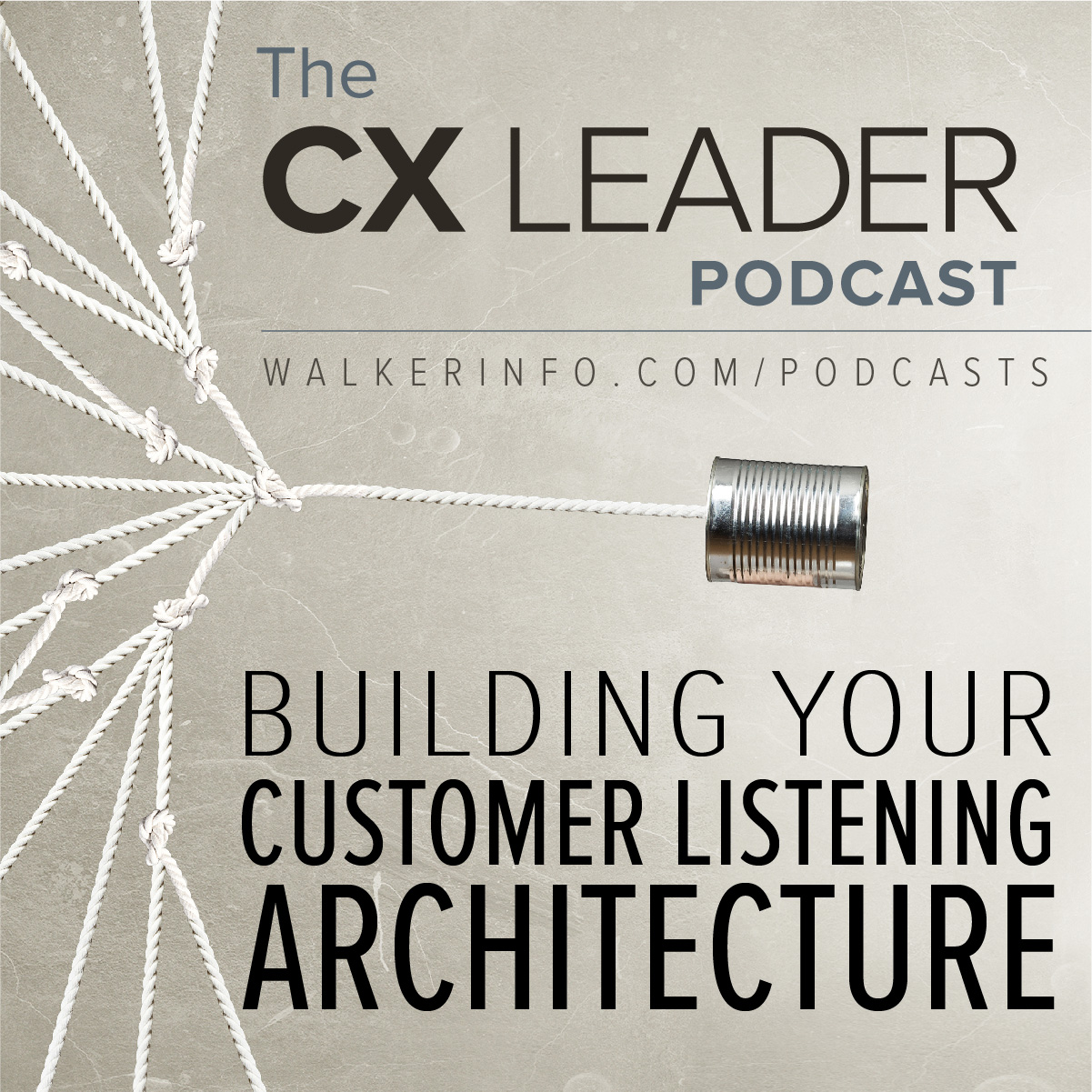
In today’s business environment, we hear a lot about the voice of the customer. And with good reason. More than ever, listening to your customers makes sense. And that is what voice of the customer or “VOC” programs are all about – listening to your customers to hear about their experiences, learn their likes and dislikes, understand their perspective, and anticipate their needs.
In this article, we’ll focus on a key element of VOC programs – surveys. While there are many ways to listen to your customers, few are as practical and accepted as conducting surveys. And yet, there is both an art and a science to doing it well. Our firm has been conducting surveys for more than 80 years, so we’ve learned a great deal about developing the right approach to collecting useful customer feedback to serve the unique needs of your business. In this article, we’ll share rules, tips, and nuances to help you adopt the right approach to gathering the voice of your customers.
30 Tips for Creating Effective VOC Surveys
Every survey project is slightly different, but some guiding principles can help make the process easier and more effective. The list below, divided into several categories, will help you develop a solid plan, understand several options, design an effective survey, and make the most of the feedback you receive.
Getting Started: Putting the Right Plan in Place
Before you begin to craft your first survey question, there are several factors to consider. Like any good business strategy, survey design requires thoughtful planning. Here are tips to help you get started.
- Start with your goals. If you are going to ask your customers to take the time to share their insights, you should make sure you know what you want to learn. Make a list of everything you want to learn, prioritize it, and limit it to the most important insights that will benefit your organization.
- Build your list. Often overlooked, coming up with a good list of customers can be a painstaking task. Surprisingly, even the most sophisticated businesses often don’t have good customer lists. When developing your list, make sure you have included those who appropriately represent your target audience.
- Sample or census? You rarely need to survey all your customers (referred to as a census). Instead, consider a sampling of customers who represent the broader group and consider how much feedback you want to receive. While tempted to think that more feedback is better, you can often collect the insights you need from a small group.
- How will you connect? There are countless methods for reaching out to customers. Email or text-based messages with links to web-based surveys have evolved to be the easiest and most economical way to gather insights from large groups. However, there is still a place for telephone surveys, in-depth face-to-face interviews, advisory groups, online communities, and more.
- Involve your colleagues. Chances are that others in the organization will be interested in the insights you gather from customers. Involving them in the planning process helps avoid questions, minimize criticism, and build consensus on conclusions when reviewing the feedback you receive.
- Be sincere. Too often, companies use surveys for the wrong reasons – to boost ratings, attain corporate goals, or even secure bonuses. Conducting voice of customer surveys requires a high standard of business ethics. Your goal should be to collect insights to help your company succeed by delivering a better, more customer-focused experience.
The Approach: Different Types of Voice of the Customer Surveys
Voice of the customer surveys come in all kinds of different shapes and sizes. Considering the purpose or type of survey will help you understand the best way to design it. Here are the most common situations and survey types.
Hear from one of the authors
- How did we do? The transaction survey. Short and sweet, this is used to evaluate a recent interaction or transaction, such as placing an order, visiting a store, browsing a website, or completing a service call. These surveys should be limited to a few questions and one open-ended question for customers to add their comments.
- How do you feel about us? The relationship survey. Relationship surveys attempt to better understand the entire relationship that a customer has with your organization. They assess overall levels of satisfaction and loyalty as well as various interactions between the company and the customer. What’s more, they also help identify strengths to leverage and areas in need of improvement. Naturally, the length of a relationship survey is much more flexible, but you should be mindful to keep it as concise as possible.
- How do we stack up? The competitive insight survey. Companies are always trying to remain competitive, so asking customers how the company compares to others in the market makes sense. Companies will often use a third party to conduct the survey to make it completely unbiased so respondents do not know which company initiated the project.
- Do you like our product? The product evaluation survey. Often companies want specific feedback about products or services they offer. Surveys of this type often ask for overall ratings, feedback on specific features and benefits, and request input on desired improvements.
- Would you purchase this? The concept survey. Most companies want to know if people will buy their product before investing the time and money to develop it. That’s the idea behind a concept survey – to assess the need, application, desire, and market demand for new products and services.
Understanding the type of survey you are conducting guides you on the length, structure, questions, and type of insight you want to receive.
Digging in: Designing your survey
Crafting a well-designed survey is part art, part science. Customer experience leaders should strive to create a survey that makes it easy for their customers to provide open, honest feedback while collecting valuable insights to use in their organization. Below are a few best practices to consider.
- Brevity matters. While different types of surveys naturally vary in length, efforts should be made to keep it as brief as possible. Make sure each question connects with your goals and that you only ask for feedback on topics that will prompt action. Bottom line: If a survey takes too long, customers simply won’t take the time to complete it.
- Keep it relevant. Similar to survey length, survey relevance is equally important. Don’t ask customers about products, services, or characteristics they are not familiar with. If survey questions don’t seem relevant, they’ll abandon the process.
- Provide an honest introduction. Surveys typically have introductory comments in an email and/or in the upfront portion of the survey. Respectfully ask for their input and explain the nature of the survey, how you will use it, how long it will take, and thank them for their time. Don’t drone on or embellish. Make it simple, sweet, and respectful.
- Consider survey flow. The order of the questions, or “flow” of the survey, should make sense to your customers. Most surveys begin with broad questions and overall ratings before requesting more detailed feedback. Often surveys will be designed with “skip patterns” to skip over questions that are not relevant to a customer. Surveys typically wrap up with open-ended questions and demographic questions that can enhance the analysis that will take place once all feedback is collected.
- Group related questions. To further enhance the flow of a web-based survey, limit the number of screens by grouping questions. For instance, rather than listing single questions on a page, group all the questions about service or products on one screen. This helps break the survey down into logical sections and limits the number of times the respondent needs to click on an arrow to advance to the next screen.
- Use scales that make sense to the customer. Sometimes survey designers get a little carried away with survey questions and response options. Try to keep it simple. For most ratings, we generally recommend a five-point scale that is quick and intuitive for the customer. Similarly, avoid long questions or long lists of response options that force the customer to take extra time to digest all the possibilities.
- Invite customers to elaborate (in moderation). Certain responses deserve clarification. Consider structuring your survey to gain a little more insight on the most important questions by adding an open-ended question asking why the respondent provided a particular response or rating. This can also be an effective way to ask for more detail for negative ratings by programming the survey to ask for a comment only if you received a low rating. One caution – use this approach sparingly to keep the survey a manageable length for your customers.
- Use open-ended questions (in moderation). Typically asked at the end, open-ended questions offer an opportunity for customers to elaborate. Often these responses provide valuable insights and offer the color behind the numbers. Questions to understand the company’s top strengths, areas of improvement, or simply asking for any additional comments can reveal insights that didn’t come through in other questions. Once again, limiting the number of open-ended questions is wise since it takes longer for the customer to respond, especially using a mobile device.
- Wrap it up. While it is a seemingly minor detail, it is important to have a final screen to thank customers for their input and let them know the survey is complete and their responses have been saved. Most surveys also include a link to the company’s home page. Better yet, provide a link to a page that describes how their feedback will be used.
- Take a look. Before launching your survey, put yourself in your customer’s shoes, and review it to make sure it is the best possible experience. Invite several colleagues to do the same. In particular, check it out on a mobile device. In today’s mobile environment, you should assume that a high percentage of customers will respond to your survey on their phones.
Putting customer insights to use
- First things first – acknowledge comments and requests. Commonly, customers will include a comment, suggestion, or request that deserves a response. Following up on these can go a long way to enhancing a customer relationship. While some won’t expect you to respond, it’s the right thing to do if you are focused on delivering a great customer experience.
- Report back. Let customers know what you heard and what you are going to do. Compile a brief summary to highlight the positives, the negatives, and the actions that will follow. This will show customers your commitment and will likely increase response rates on future surveys.
- Focus on key areas to improve. Almost every survey will reveal areas of improvement. Sort through the ratings and the comments to consider steps to improve your products, processes, and experiences. Discuss them with others and consider the highest priorities and the most important next steps to leverage the feedback received.
- Identify strengths to leverage. Most often, the spotlight shines on the negative scores and comments from customers. And yet, it is as important, or even more important, to consider the strengths that can be leveraged. Evaluate the bright spots in the feedback from customers. Consider the best ways to build on these.
- Secure executive buy-in. When it’s time to act on the feedback from your voice of your customer survey, don’t go it alone! Share the feedback and thoughtful recommendations with executives so you can get the support and resources to implement your action plan.
- Pick your battles. It’s a common dilemma: A voice of the customer survey may result in dozens of initiatives to deploy. Rather than diluting the impact of your efforts, pick your battles and prioritize. Consider the wisest use of your limited resources, and develop plans that will make the most significant difference for your company and your customer.
- Develop your story. While statistics, ratings, and data are important, customer stories will be more persuasive in driving awareness, understanding, and action. Craft a good story based on the feedback received. Follow up with customers to learn about their experience so you can relate specific examples to your deployment teams.
- Monitor progress. As you deploy action plans from your VOC survey, observe your progress and communicate the results. One VOC initiative, successfully deployed with documented impact, will go a long way toward earning the credibility necessary to secure additional resources to expand your voice of the customer initiatives.
- Celebrate! Too often, we don’t take the time to reflect on our work and take pride in our progress. Teams focused on enhancing the customer experience should pause every now and then to consider the noble work they are doing and take pride in the impact they are having.
Start a conversation with Walker Contact Us

